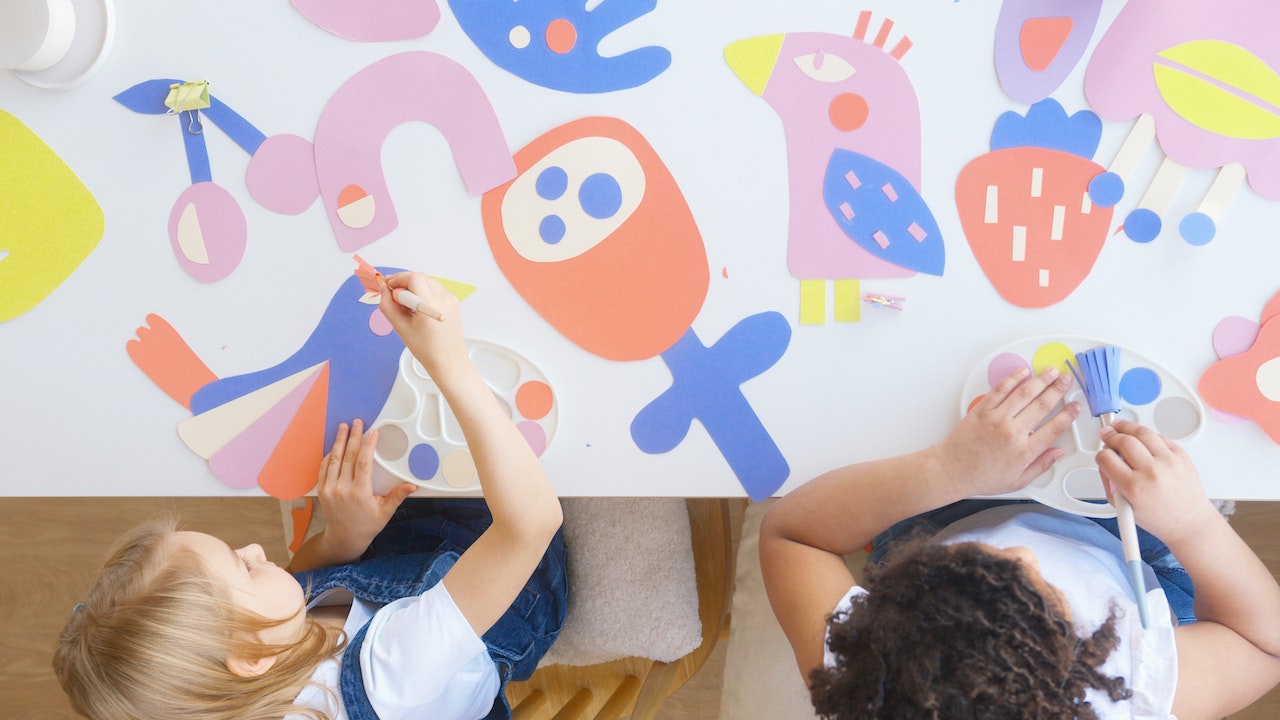How to Gamify Your Business? Turn Work into Play for Boosted Engagement
Do you ever feel like your employees or customers just aren’t that excited about your business? Do mundane tasks and disengagement seem to be bringing productivity and motivation down?
Well, gamification just may be the solution you’re looking for!
Gamification involves using game-based elements in non-game contexts to drive engagement, loyalty, and fun. This could mean anything from implementing scoring systems and leaderboards to providing badges and rewards for accomplishing goals.
When done right, gamifying your business can completely rejuvenate your workplace culture and customer experience.
Read on to learn why gamification is so effective and how you can use it to boost engagement across the board!
Why Does Gamification Work So Well?
There are several psychological and behavioral reasons why incorporating elements of gameplay into business objectives triggers our brains in positive ways:
1. Games Release Dopamine
Dopamine is a neurotransmitter that plays a major role in motivation, productivity, and focus. When we play games, our brains release dopamine as a reward when we accomplish tasks, no matter how big or small.
Gamification taps into this by offering a steady stream of mini accomplishments, surprises, rewards, and recognition to mimic the dopamine rush we get from gameplay. This fuels employees and customers intrinsically to keep pushing forward.
2. Games Provide Instant Feedback
Unlike work projects that can drag on for months without any feedback, games provide real-time scoring, tracking, rewards, and progress updates. This instant feedback loop is extremely satisfying and motivating.
Gamification gives people concrete measures of their progress and recognition for their efforts through points, levels, achievements, etc. This makes them feel continually engaged and incentivized to keep playing.
3. Games Are All About Flow
Flow state is defined as complete immersion in an activity where you feel energized focused, engaged, and enjoyment. Games are designed to keep you in this optimal state of flow through challenges perfectly matched to your abilities.
Gamification aims to leverage this by using tiered levels, adjustable difficulty, and incremental goals to keep people absorbed and in flow with the experience. Maintaining flow is key to happiness and productivity!
4. Games Fulfill Our Need for Mastery
Human beings have an innate need for mastery over skills. Games fulfill this need by letting us improve our abilities through practice and offering new horizons to advance.
Applying mastery mechanics like progression, levels, and opportunities to gain expertise can make mundane work feel more like an exciting game where employees always have room to improve their skills.
5. Games Provide a Safe Environment to Fail
Unlike work, games give us the freedom to experiment and fail without real consequences. This disinhibits us psychologically and encourages us to think more creatively.
By gamifying training and onboarding processes, businesses can create safe sandbox environments where people are unafraid to try new things, make mistakes, and develop skills through trial and error.
Gamification Best Practices: Level Up Your Business
Now that you know why gamification is so effective, let’s explore some best practices for implementing game mechanics based on proven psychological principles:
Set Up an Onboarding Process
Just like a video game tutorial, a structured onboarding sequence allows new hires to unlock abilities step-by-step while building confidence. You can gamify training with things like:
- Checklists of skills to master
- Badges earned for completing modules
- Avatars that level up as skills grow
Develop Tiered Progression Pathways
Create obvious advancement paths and milestones professionals can work towards, like:
- Job titles that progress from “trainee” to “manager”
- Levels or belts based on tenure and expertise
- Points-based qualification for new roles and projects
This sense of progress and achievement keeps people motivated to reach the next level.
Implement Short Feedback Cycles
Provide regular positive feedback through things like:
- Public recognition of contributions
- Short surveys to rate experiences
- Performance metrics visualized in real-time
Frequent feedback accelerates growth and satisfaction.
Set Up Engaging Challenges
Friendly team competitions, hackathons, and skill-based challenges like:
- Company-wide step count contests
- Coding battles to solve real problems
- Creation challenges to design something new
Challenges break up monotony while developing skills collaboratively.
Reward Desirable Behaviors
Celebrate achievements, no matter how small through:
- Trophy icons on profiles
- Points or badges for skill mastery
- Praise in company meetings
- Small treats for completed tasks
Positive reinforcement works wonders here!
Enable Users to Earn Status
Give people something to aspire towards like:
- Stars, stripes, or badges as public displays of mastery
- Titles or ranks based on tenure or expertise
- Accumulation of points to reach higher tiers
Status is extremely gratifying!
Provide Meaningful Choices
Let employees make choices like:
- Picking training modules to complete
- Selecting the tasks or projects they work on
- Customizing their job experience
Agency and autonomy are incredibly motivating!
Unlock Creativity with Easter Eggs
Hide surprises to delight users, like:
- Humorous animations or effects for achieving milestones
- Secret challenges or content to discover
- Personalized messages or interactions
Unexpected fun moments can brighten someone’s whole day!
Case Studies: Gamification Wins
Still unsure about gamification? Here are just a few examples of companies seeing massive success by adding game elements to their business:
Microsoft Language Quality Game
To improve translation quality, Microsoft developed an online game where players scored points for writing or evaluating grammatically correct sentences in different languages.
Result: 10,000 players generated over 1 million sentences while self-training in just 3 months!
MentorCloud Training Platform
MentorCloud gamified its online training system with points, badges, leaderboards, and rewards. Learners could see their progression through immersive cyberpunk themed environments.
Result: Training time was reduced by 40% while test scores increased by 51%
Hunter Boots App
Hunter Boots blended gaming and augmented reality in their app, leading users on virtual rainswept adventures to find boots in the real world.
Result: App adoption rate doubled, translating to a 75% increase in sales.
Google Image Labeler
Google created a game where players scored points for accurately labeling images with tags. The collective gameplay generated labels for Google’s image database.
Result: Label accuracy shot up exponentially compared to paid crowdworkers.
As you can see, adding game elements provides massive benefits across industries. Whether you want to train employees, engage customers, or incentivize almost any behavior, gamification delivers results.
Designing a Gamified System: Where to Start
Ready to level up your business with gamification but not sure where to begin? Here is a step-by-step process to follow:
1. Identify Key Behaviors
First, determine what habits, actions or mentalities you want to drive. Be specific here – “boost engagement” is too vague!
2. Define Success Metrics
How will you measure whether gamification is successfully encouraging these behaviors? Establish quantifiable KPIs.
3. Map User Journeys
Gain empathy for your users. Outline their processes, pain points, needs, and motivators.
4. Brainstorm Game Techniques
Review the tips in this article and get creative with game elements that could incentivize your target behaviors.
5. Prototype Concepts
Draft your ideas into an initial gamified experience. Visualize user flows and key features.
6. Playtest and Polish
Try out your gamified system and gather feedback. Refine the most promising elements.
7. Launch and Iterate
Release your minimum viable product and continue optimizing based on data and user input. Gamification always benefits from iteration.
The beauty of gamification is that it can start small and then grow over time. Even implementing basic achievements, leaderboards, or challenges can get the ball rolling and deliver powerful results.
Let the Games Begin!
While work may never be quite as fun as play, gamification provides a way to make mundane business objectives feel more engaging, motivating and rewarding.
So what are you waiting for? Unlock your team’s potential and watch productivity soar by treating your business like a game! Just remember to keep challenges aligned to real growth, provide opportunities to gain mastery, and recognize achievements.
With the right gamified approach, you can boost morale, innovation, results, and customer loyalty all while staying true to your business goals. It’s a win-win for everyone involved.
The time is now to level up how your company operates and transform work into play. Don’t let disengagement and lack of motivation hold your business back. Start strategically gamifying your workplace and growth opportunities will abound. Just imagine the power of a fully engaged, motivated workforce unlocking new potential each day. Your organization will feel unstoppable.
So are you ready to raise the game?







